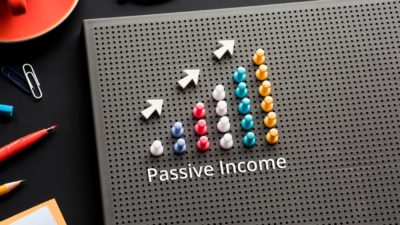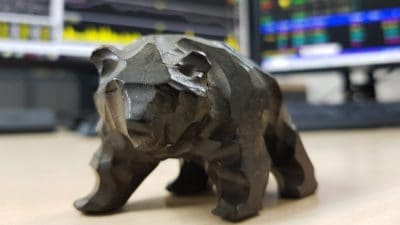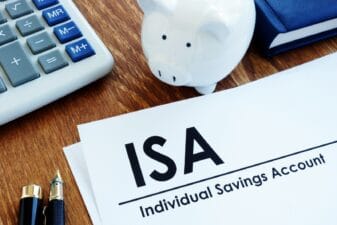Asset allocation is a vital part of portfolio management. For example, one’s wealth might be spread across property, shares, bonds, cash, etc. Asset allocation describes how portfolios are divided up across assets. Historically, a long-term growth portfolio (say, a pension) would have 60% in shares and 40% in bonds (the 60/40 split). But given what’s happening today, I think the 60/40 split is history. Indeed, my family portfolio is invested very differently. Here’s why…
How bonds went crazy
Bonds are debts (IOUs) issued by governments or companies that pay fixed interest rates in the form of regular ‘coupons’. They are senior to shares, so rank higher when claims are made against companies (such as in bankruptcies or restructurings). This seniority means that they are generally much safer than shares. Hence, their interest rates can be considerably lower than (riskier) share dividend yields.
Historically, investors have held bonds to offset the higher risk of investing in shares. Often, when share prices fall, bond prices rise, helping to reduce portfolio volatility. Also, regular coupons help to provide portfolio income (for spending or reinvestment). Thus, investors have traditionally used these fixed-interest securities as ballast against stock-market declines.
For me, there’s one huge problem with bonds today: they may be part of a massive bubble of everything. Forty years ago, in late 1981, an ultra-safe 10-year US Treasury (UST) bond yielded income of nearly 16% a year. This followed steep rises in US interest rates to tackle spiralling inflation. But over the past four decades, yields have collapsed. Today, a 10-year UST pays just 1.53% a year. That’s less than a tenth (9.7%) of the income paid 40 years ago. A 10-year UK Gilt yields even less: just 1.02% a year.
Why I prefer shares
Even worse, a significant proportion of the global bond market actually offers negative yields. That’s right, several governments and big businesses can issue IOUs that guarantee to pay back less than investors invest. Yesterday, Chris Flood of the Financial Times revealed that bonds worth $14.8trn trade with negative coupons. That’s over a fifth (21.6%) of the global total of around $68.5trn. All guaranteed to lose bondholders money if held to maturity. Who wants to get back less than they paid? Not me. However, some institutional investors, notably insurance companies and pension funds, must buy these ultra-safe securities. But these institutions end up paying to lend money to negative-yielding bond issuers. Rather them than me.
For me, the bond market has been upended for 13 years. In 2008, central banks slashed interest rates to near-zero. Also, they bought bonds in huge quantities (‘quantitative easing’ or ‘asset purchasing’). Today, the world’s leading central banks have expanded their balance sheets by trillions of dollars through buying bonds to suppress yields. One day, central banks will start selling off their bond inventories and raising interest rates. Then bond yields might rise and bond prices might fall.
Fortunately, as a private investor, I don’t have to join this craziness. Today, my family portfolio consists of 100% shares and 0% bonds. For me, pricey bonds today offer return-free risk. There are income alternatives, such as REITs and safe (albeit expensive) dividend stocks. But I love investing in cheap UK shares trading on low earnings multiples and high dividend yields. I know FTSE 100 stocks are much riskier than bonds, but they provide me with decent income while I await capital growth!







